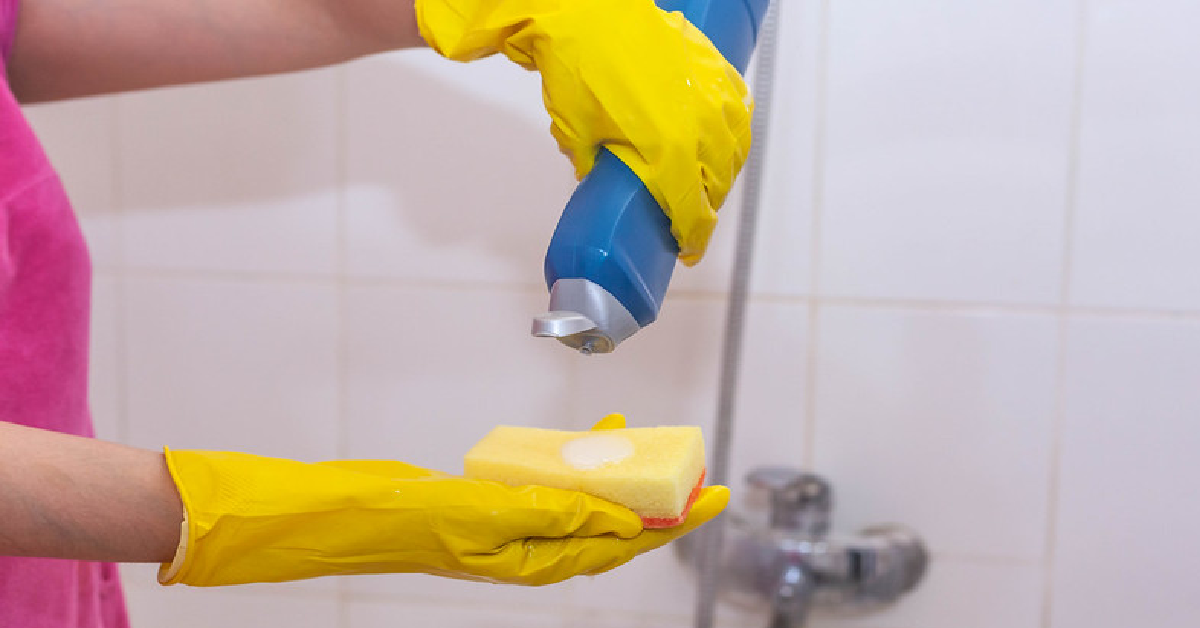Red or pink slime can form inside of a bathroom, even if we are trying our absolute best to keep the room clean. The toilet and the bathroom walls are especially susceptible.
It’s the sort of issue that cannot be dismissed. These types of substances are not just tough to look at, they can be very dangerous. Fortunately, the slime is easy to identify and remove.

This bacterium is called Serratia marcescens. It grows in damper areas but chlorine in city water can help to combat it. Those who have an activated charcoal filter are inadvertently filtering out the chlorine, though.
The North Dakota State University Extension Service warns against this. Private wells do not contain any chlorine, either. The bacterium needs to be removed as soon as possible.

If it is not handled in a timely manner, we can end up hospitalized with pneumonia, wound infections, and urinary tract infections. Luckily, the process of removing it is not nearly as difficult as some might think. All it takes is an all-purpose cleaner that contains chlorine bleach. There are other methods that will allow readers to remedy the issue before it becomes too problematic as well.
For example, we are able to add a quarter cup of bleach to the toilet tank, allow it to sit for at least 20 minutes, and then flush the toilet a few times. This is how all of the bleach is removed.

Do not allow the bleach to sit inside of the tank for an extended period of time. If it is left inside of the tank, serious damages can take place. Seals and rubber valves will end up damaged.
Last but certainly not least, the Scrub Daddy sponge will provide one last line of defense. While this problem can be a dangerous one, the solutions are easy enough to implement. There is no reason to live with this nasty slime in your bathroom, that is for sure.













